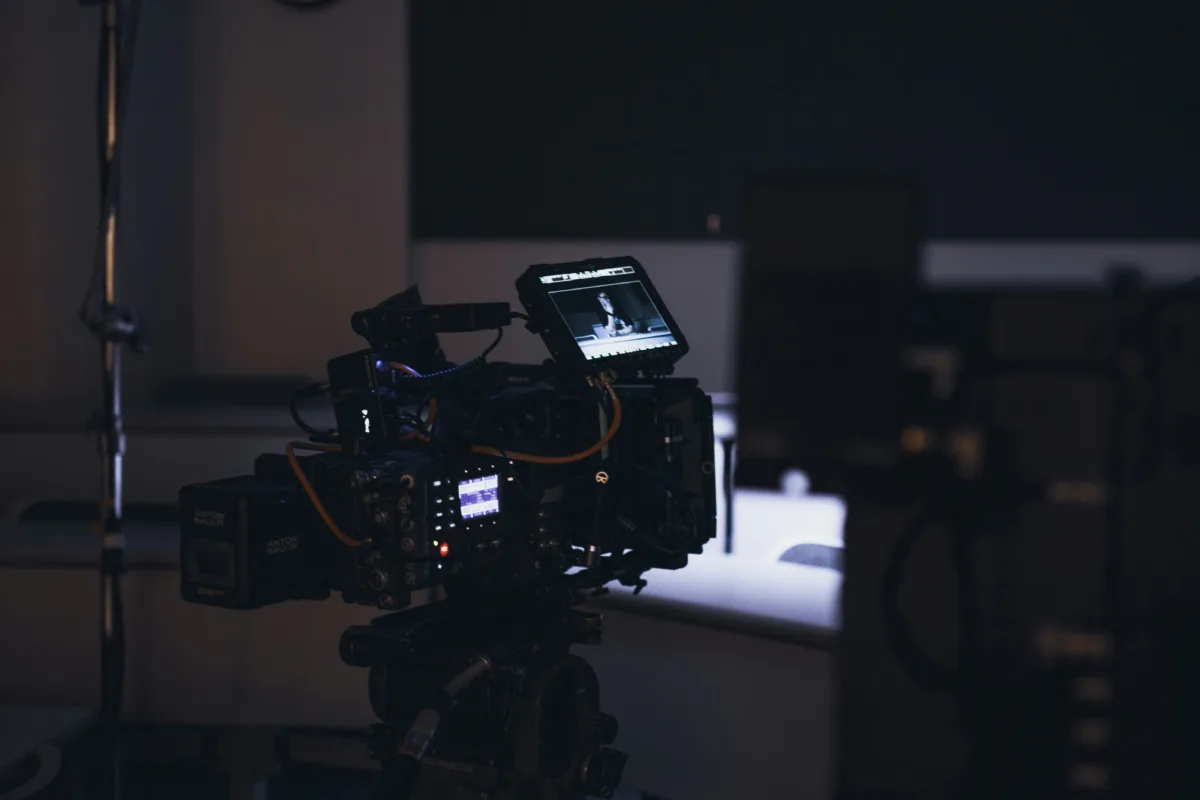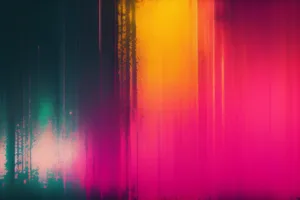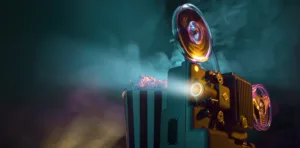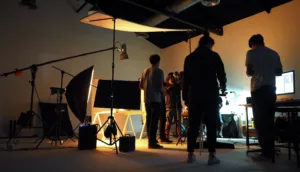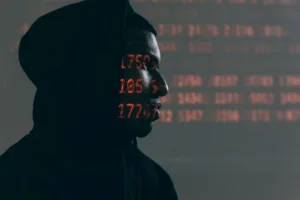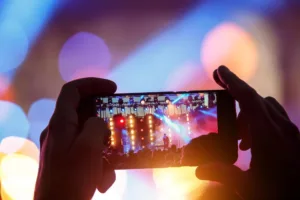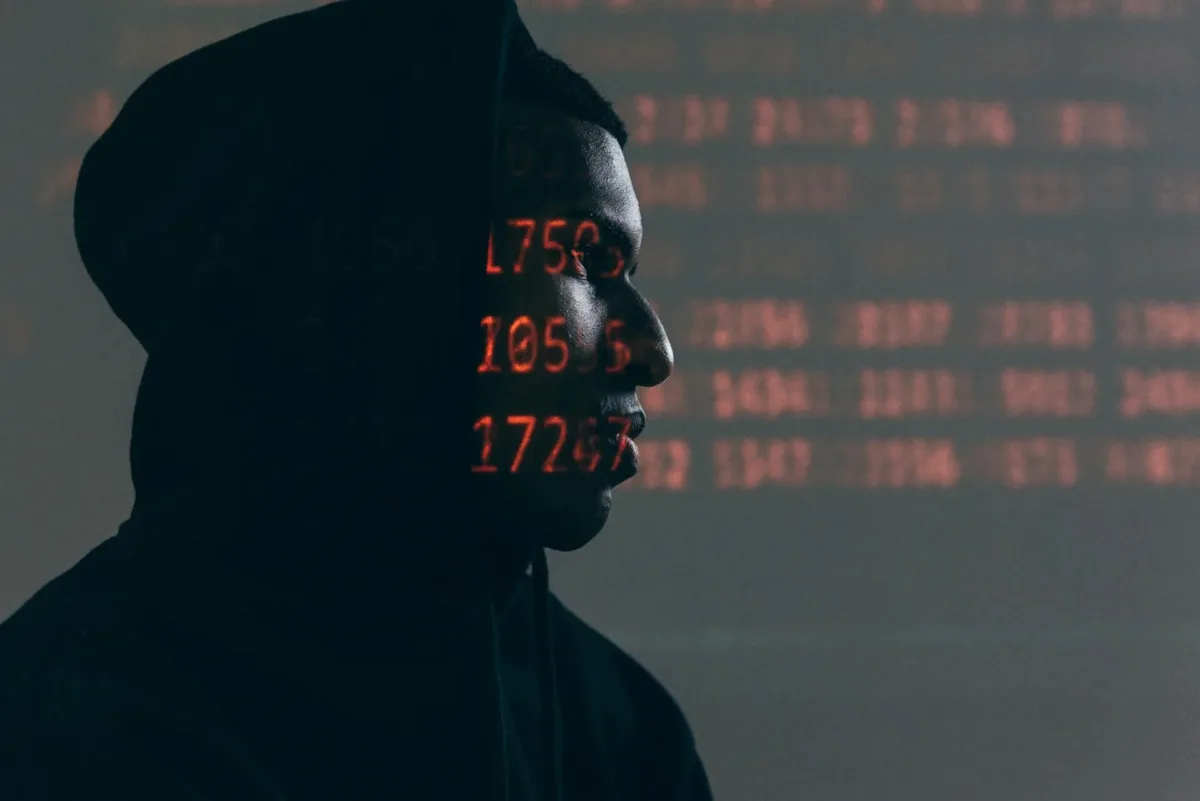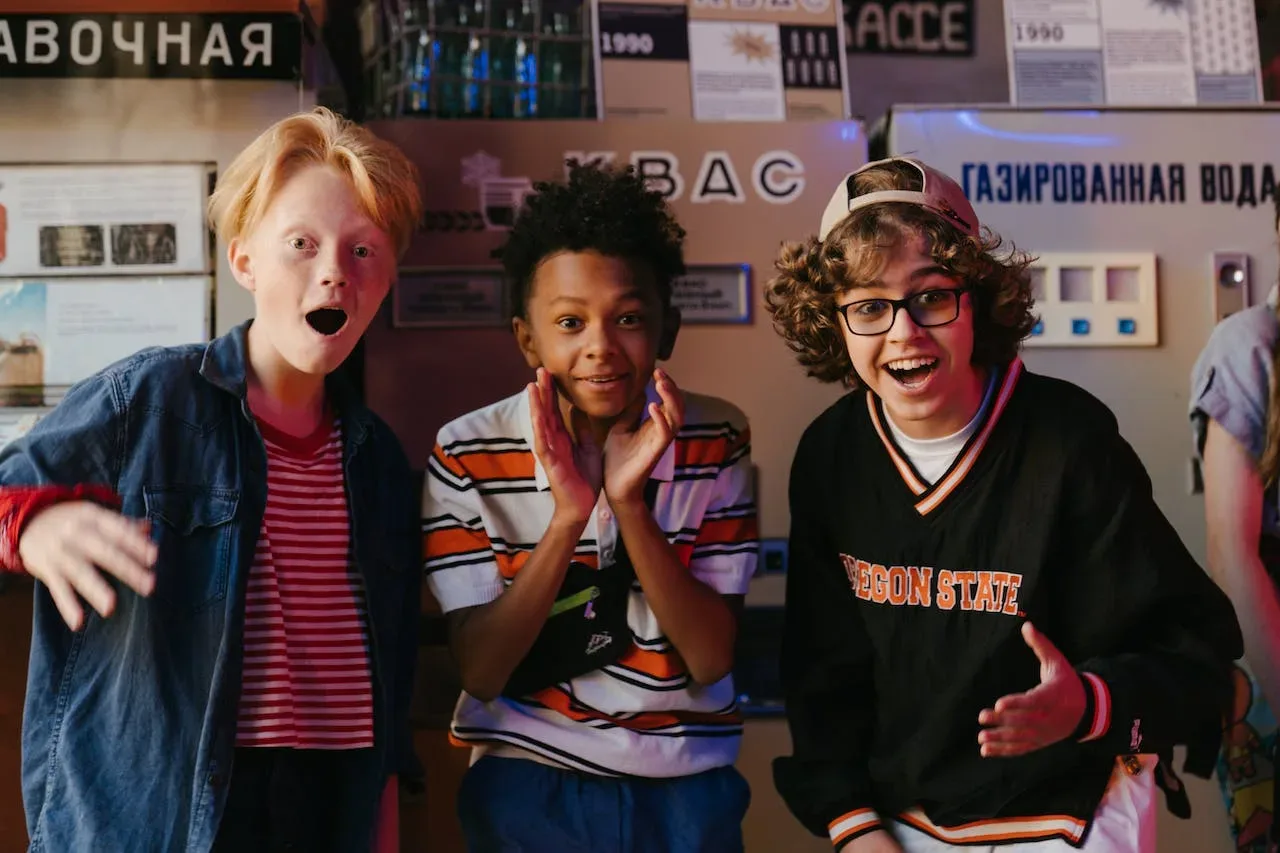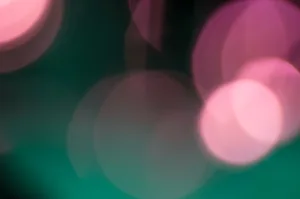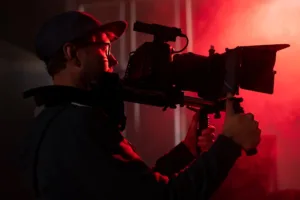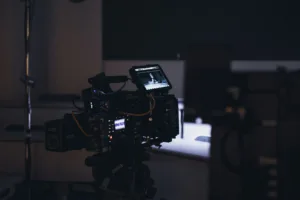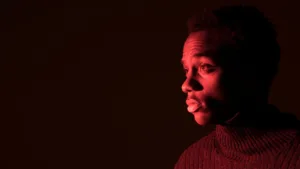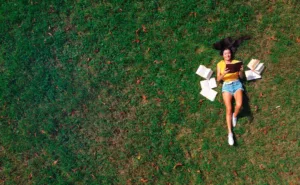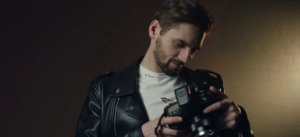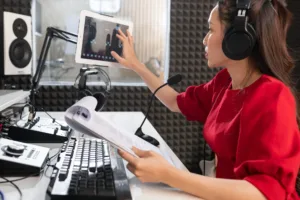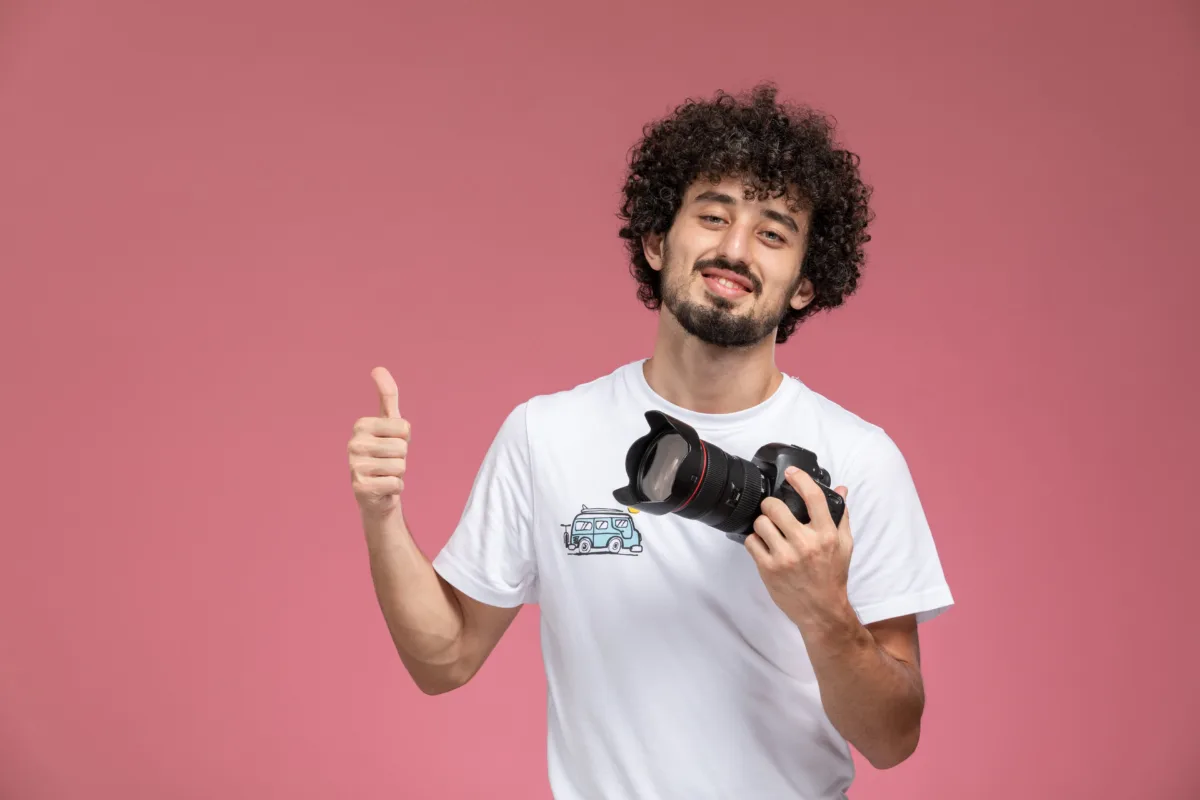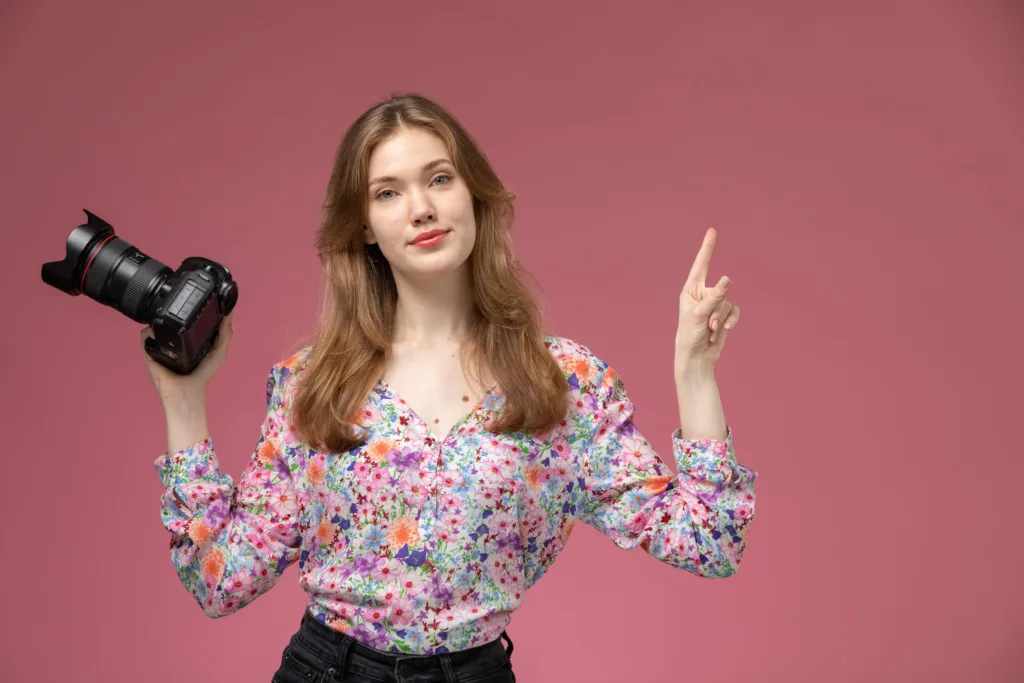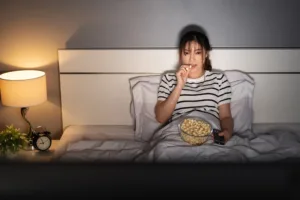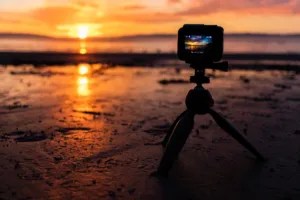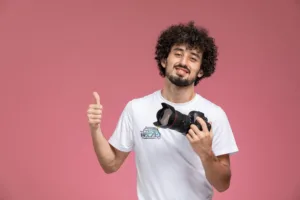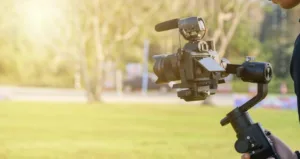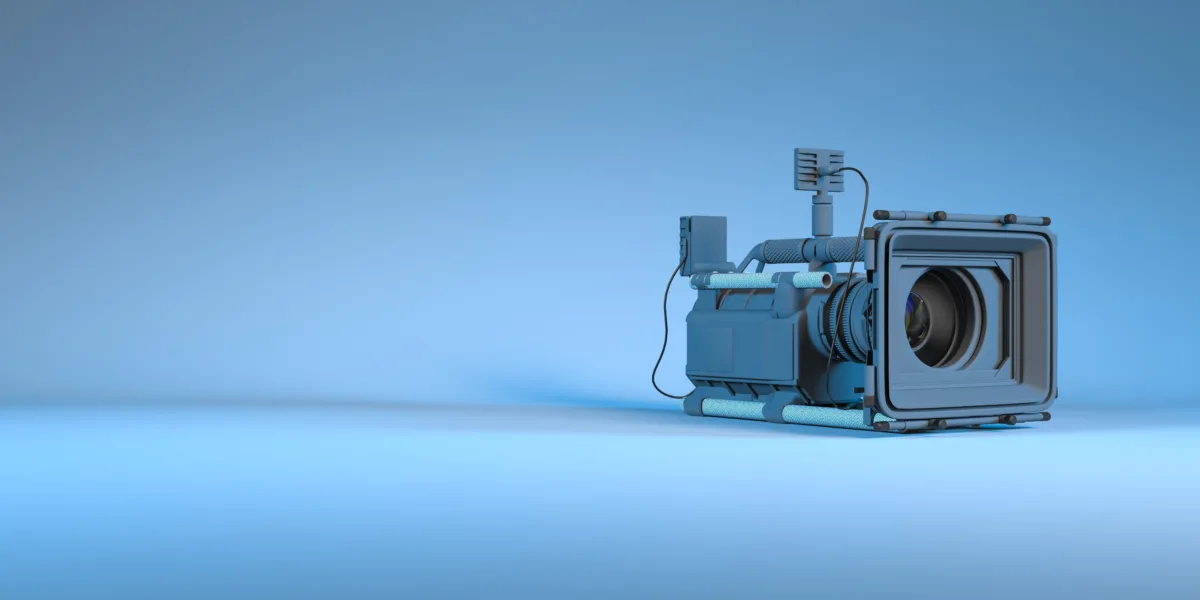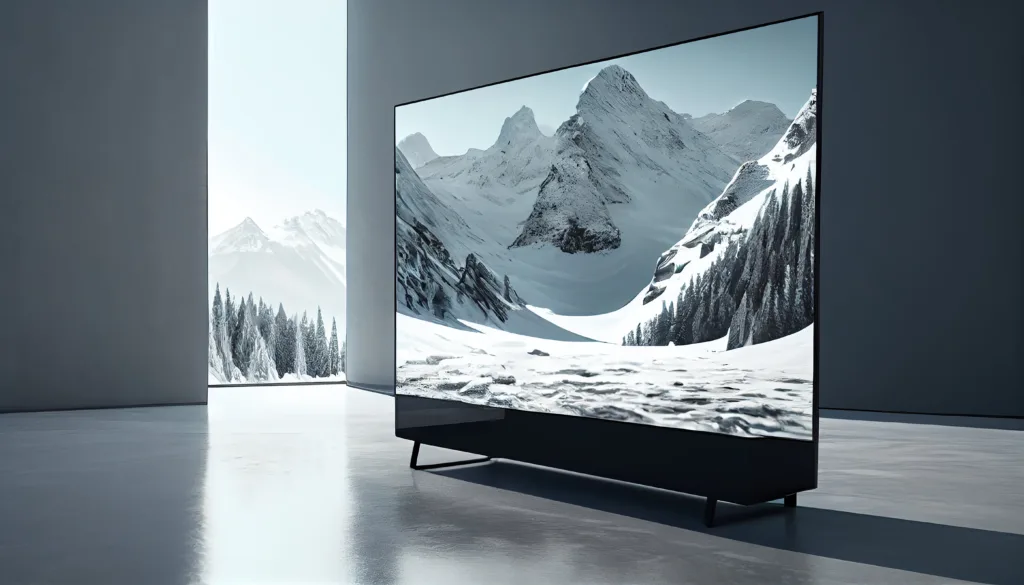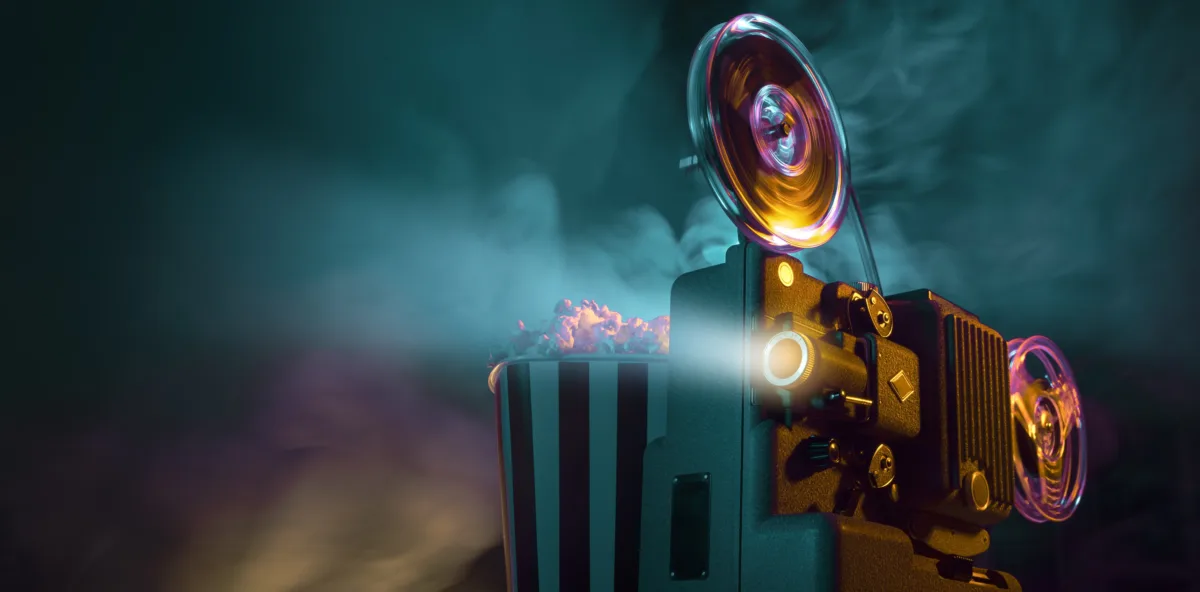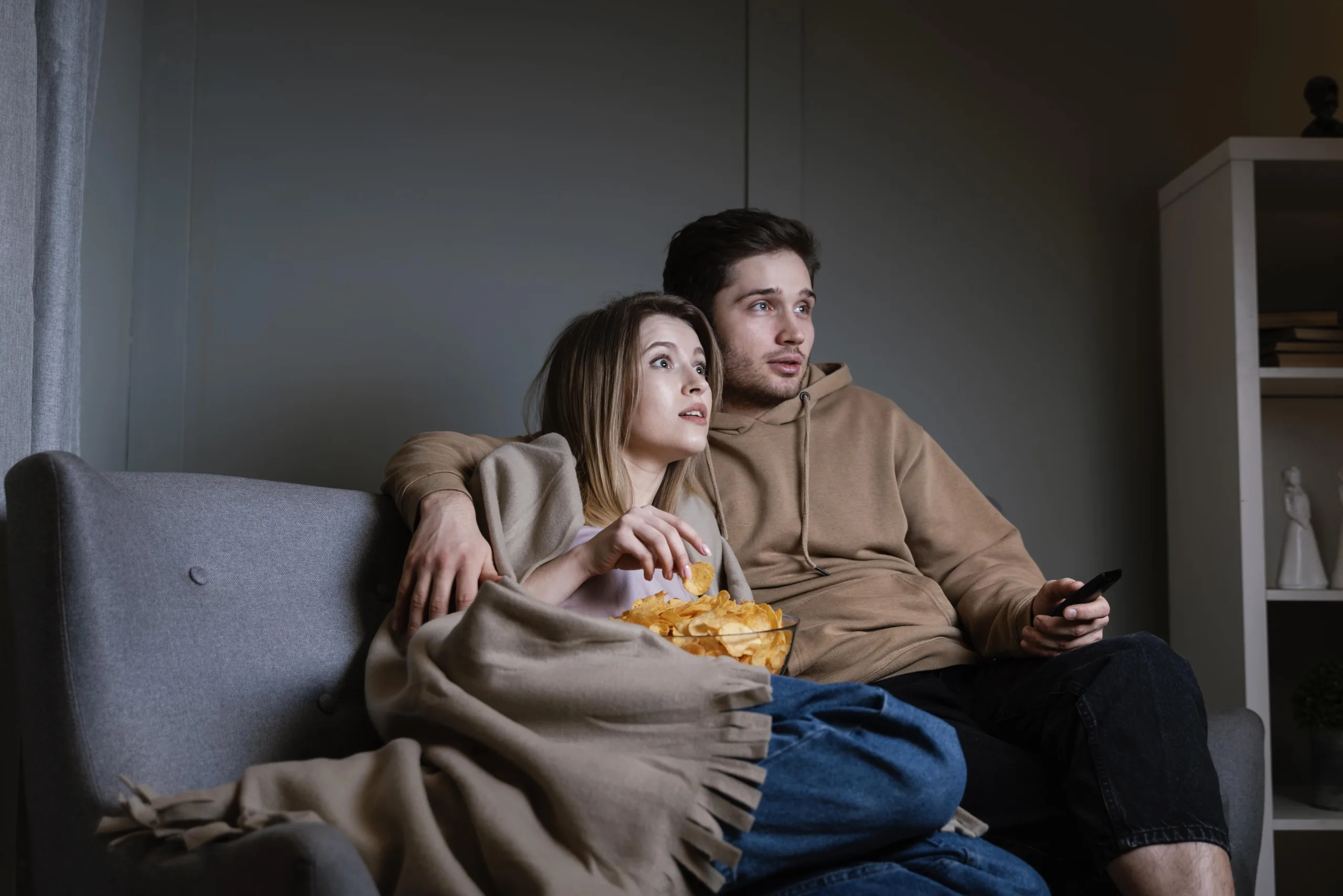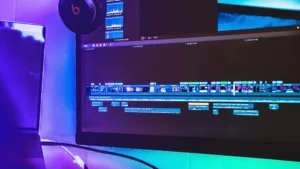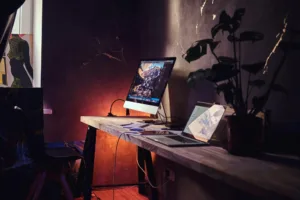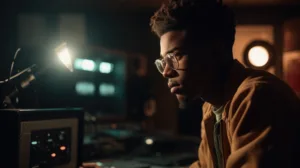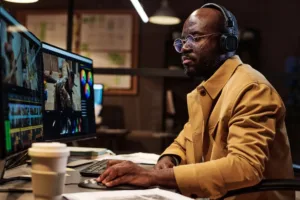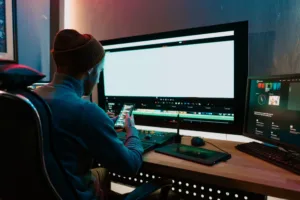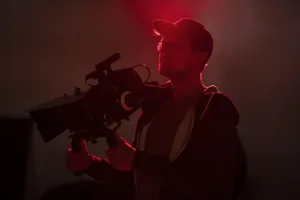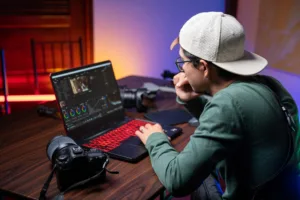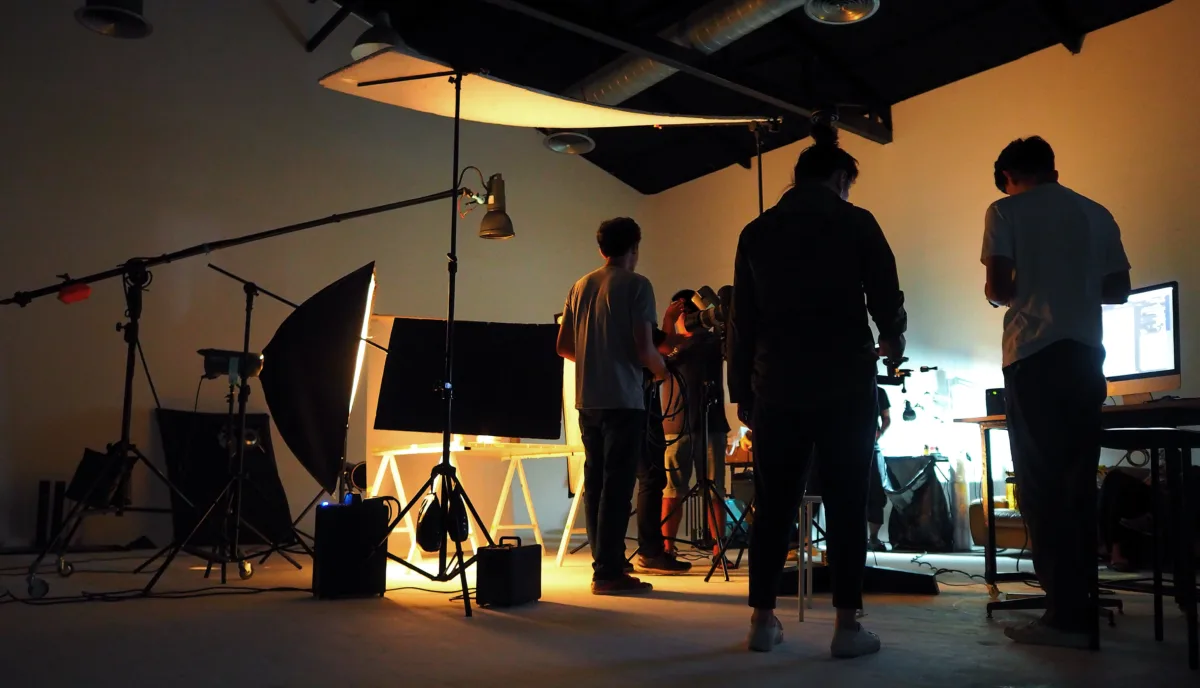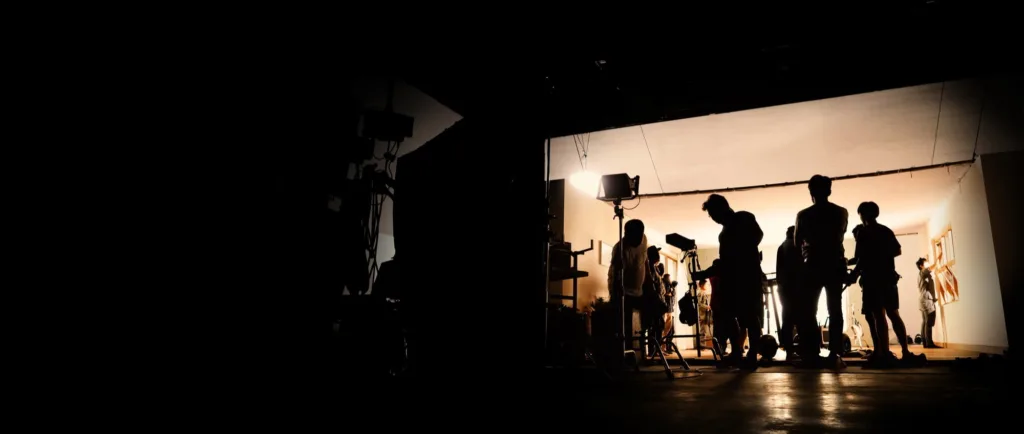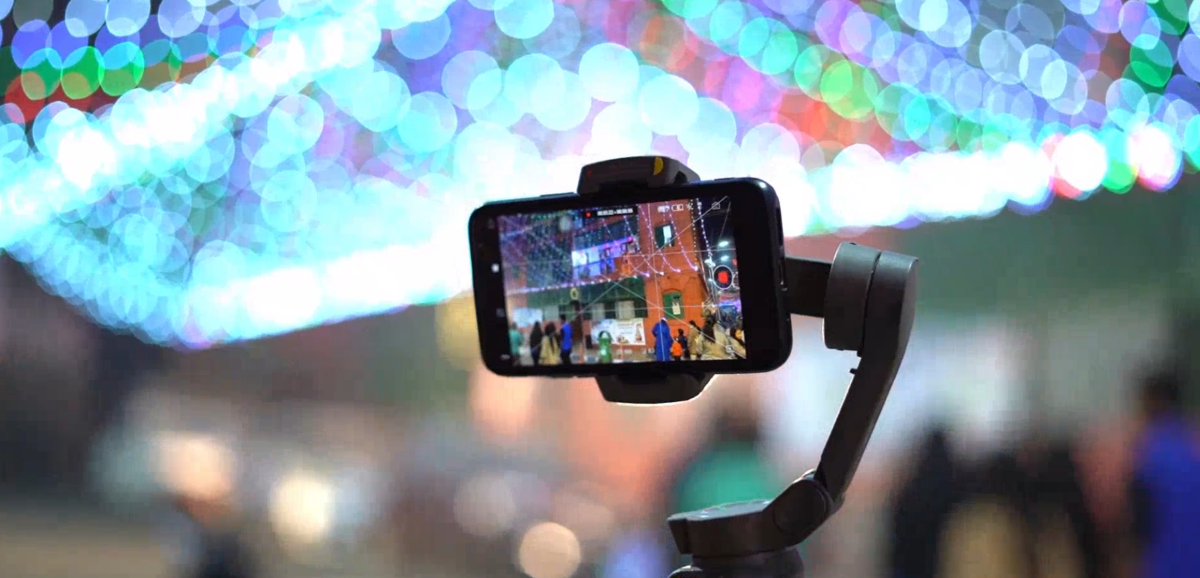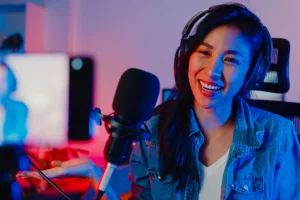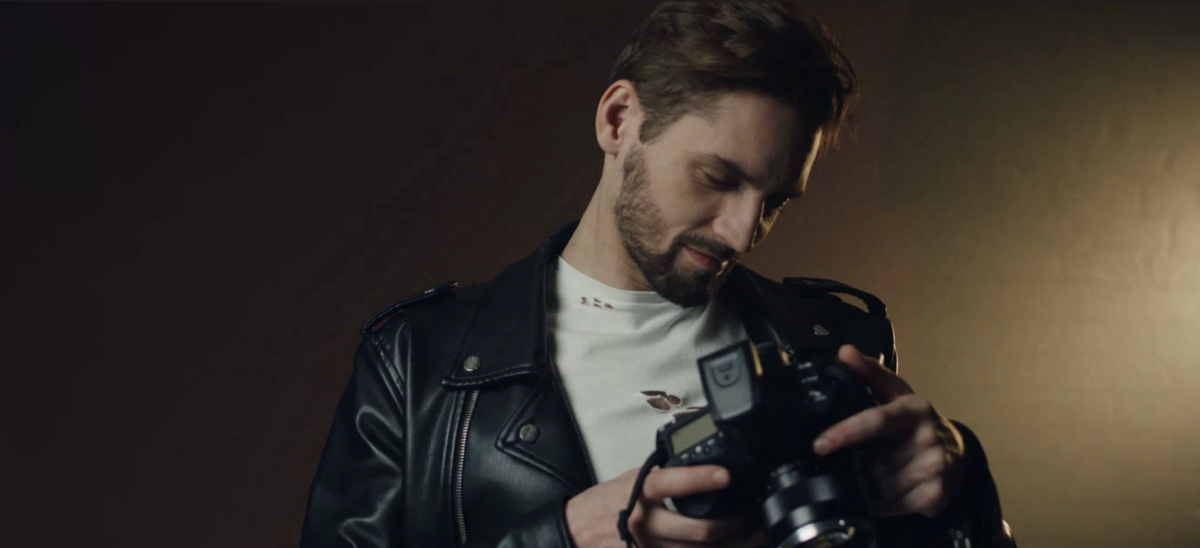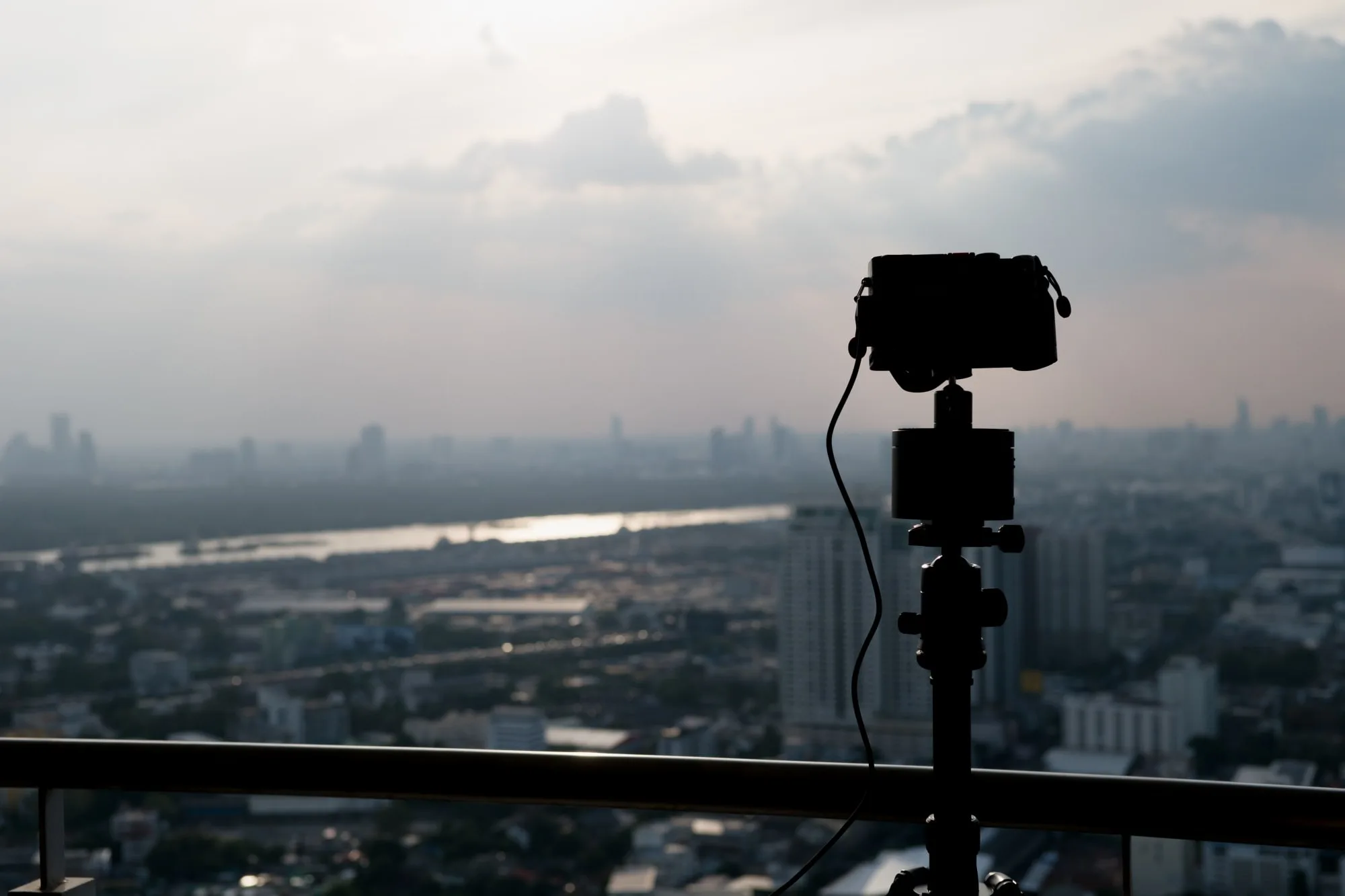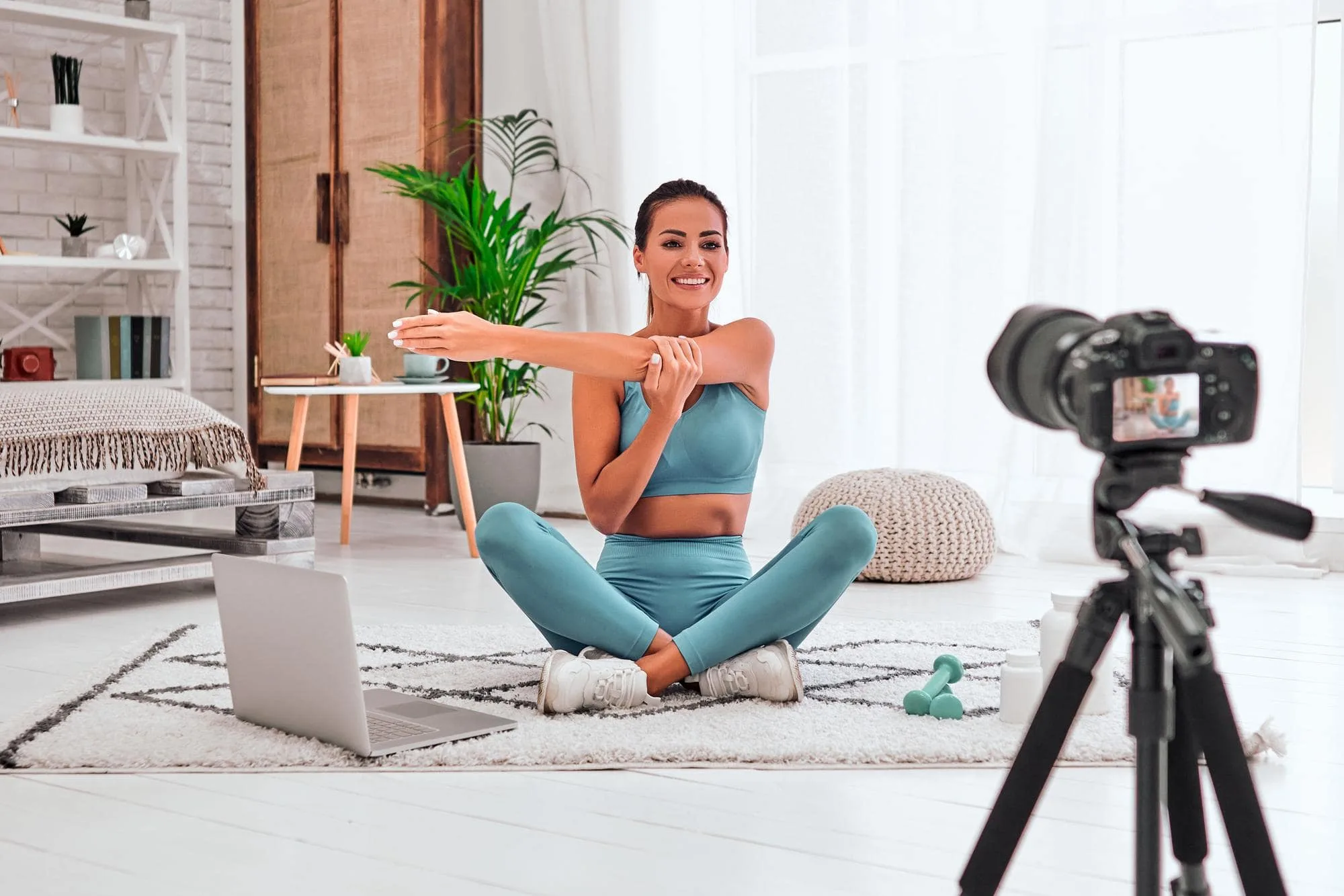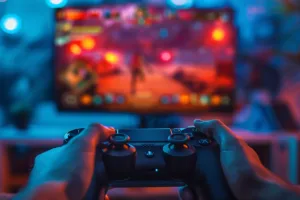What is an Assembly in Movie Making?
In the world of movie making, you’ll often hear industry professionals talk about an “assembly” during the post-production phase. But what exactly does this term mean, what is ‘assembly in movie making’ and why is it so important in the film editing process?
In this blog post, we’ll break down what an assembly is in movie making, why it’s a critical step in editing, and how it fits into the overall production pipeline. Whether you’re an aspiring filmmaker, a movie buff, or a budding editor looking to understand the technicalities of filmmaking, this guide will give you an in-depth understanding of what an assembly is, its role in the editing process, and how it affects the final cut of a film.
What is an Assembly in Movie Making?
An assembly in movie making is an initial rough version of a film’s edit. It’s essentially a first cut of the movie that includes all the scenes shot during production in chronological order, without much concern for pacing, transitions, or final visual effects. The purpose of the assembly is to get a sense of how the raw footage fits together, helping the editor and director visualize the overall structure of the movie.
The assembly is often the first significant step in the post-production phase after the footage has been captured. It’s typically put together by the editor, with or without input from the director, depending on the project’s workflow. In the early stages of the assembly, the focus is more on the content of the footage and less on the finer details like sound design or visual effects.
The Role of the Assembly in Post-Production
Post-production is the phase of filmmaking that happens after shooting wraps, and it’s where the movie really starts to take shape. While filming captures the raw material—the scenes, performances, and dialogues—the editing process is where the magic happens. This is where an editor assembles all the pieces into a coherent story, trimming unnecessary footage, creating smooth transitions, and establishing the film’s pacing.
The assembly serves as the first big milestone in post-production. It’s the blueprint of the movie, and its creation sets the foundation for refining the film’s structure. Without an assembly, editors and directors wouldn’t have a clear overview of the entire movie’s flow, making it impossible to identify what works and what needs to be improved.
The assembly cut also serves as a tool for collaboration. Once the assembly is ready, the director, producers, and other key personnel can provide feedback. This feedback is then incorporated into subsequent versions of the film, which eventually leads to the rough cut and then the final cut.
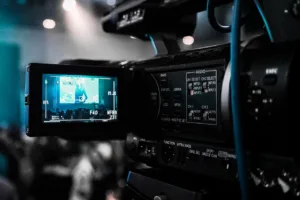
How an Assembly in movie making is Created
Creating an assembly involves selecting the raw footage from the film shoot and placing it in a timeline in the approximate order it was filmed. This can be a labor-intensive process because it involves going through all the dailies (the raw footage shot each day) and selecting the best takes of each scene.
Once the best takes are chosen, they’re placed on the timeline in a rough sequence. This step does not include the finer details of editing, such as trimming shots for pacing or adding special effects. Instead, the goal is to simply get a version of the film that shows the structure of the story, which will later be fine-tuned in the editing process.
The editor also works closely with the sound and music departments at this stage, as they may include temporary sound effects or music cues to get a feel for the pacing and emotional tone of the film.
Types of Assemblies: Rough Cut vs. Fine Cut
While the assembly is a rough version of the movie, it’s important to note that it’s just one part of a process that leads to a rough cut and eventually the fine cut. Here’s how these stages differ:
Assembly Cut: The initial rough edit of the film that includes all the scenes shot during production in their basic sequence. It may be overlong and rough around the edges, with no focus on final pacing, visual effects, or sound.
Rough Cut: After the assembly, the editor begins to refine the footage. Unnecessary scenes are trimmed, the pacing is improved, and some basic editing is done on transitions. The rough cut is still far from the final version, but it provides a much clearer idea of how the movie will flow.
Fine Cut: This is the version of the film that’s almost finished. All major editing decisions have been made, and the film now includes a refined pacing, temporary sound effects, and visual effects. The fine cut is close to the final version but may still require some polishing.
Each of these cuts (assembly, rough, and fine) is part of the iterative process that brings a film from raw footage to the finished product.
The Importance of the Assembly in the Editing Process
The assembly cut is crucial for several reasons:
Big Picture Perspective: The assembly in movie making helps the filmmakers see the movie as a whole. While individual scenes might look great on their own, the assembly allows everyone involved to assess how they fit into the larger narrative structure.
Testing the Flow: The assembly is often used for testing the flow of the film. It allows the director and editor to identify any pacing issues, plot holes, or areas where the story might not be working. It’s the first opportunity to see the story come together and make adjustments.
Collaboration: At this stage, the director can see the footage in a new context and offer feedback to the editor. It’s also a chance for producers and other key team members to weigh in and provide their thoughts on the film’s direction.
Budgeting and Scheduling: The assembly cut can help the production team assess whether the film’s runtime is within budget or schedule constraints. Longer films might require additional editing or trimming, which can impact both time and costs.
Creative Decisions: The assembly cut often serves as a starting point for further creative decisions. Directors may reimagine certain scenes or opt to cut or extend parts of the movie after viewing the assembly. It also sets the tone for more advanced post-production work like color grading and visual effects.
The Evolution of the Assembly in Filmmaking
Historically, assemblies were physical cuts made with film reels. Editors would physically splice together segments of film, often cutting and rearranging the footage by hand. With the advent of digital editing, the assembly process has become faster and more flexible. Software like Avid Media Composer, Final Cut Pro, and Adobe Premiere allows editors to create assemblies using digital files, making it easier to experiment with different versions of the film.
Today, digital assembly is an essential part of the workflow for most modern films, offering more flexibility and speed than traditional methods. Despite the technological advancements, the role of the assembly remains the same: it is the first step in shaping a movie’s final form.
Conclusion: Why the Assembly in Movie Making Matters
In summary, an assembly in movie making is the first step in the post-production process that helps filmmakers and editors get a sense of how their raw footage comes together into a coherent film. It provides a rough but crucial foundation for fine-tuning the movie’s pacing, structure, and overall impact. While it may lack the polish of later cuts, the assembly is indispensable in helping the filmmakers identify what works, what doesn’t, and where adjustments need to be made.
Understanding what an assembly is and how it fits into the broader filmmaking process is essential for anyone looking to learn more about movie production, from aspiring filmmakers to movie enthusiasts. As you dive deeper into the world of film editing, you’ll see just how critical the assembly is in the journey from raw footage to the polished masterpiece that audiences ultimately enjoy.
By providing a clear view of the movie’s content and structure, the assembly in movie making is the first milestone in transforming an idea into a finished film. Without it, the editing process would be a shot in the dark. So next time you hear a director or editor talking about the assembly cut, you’ll understand just how essential this early version of the film is in making a movie come to life.



